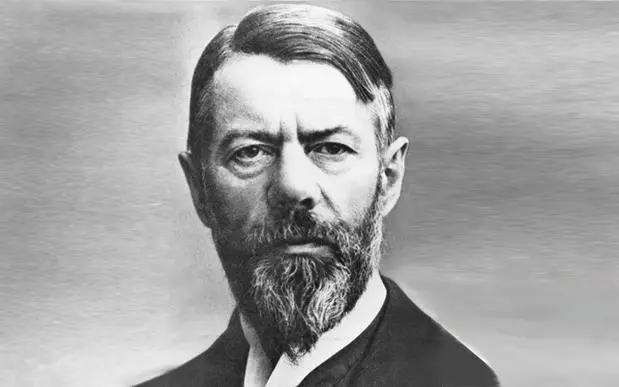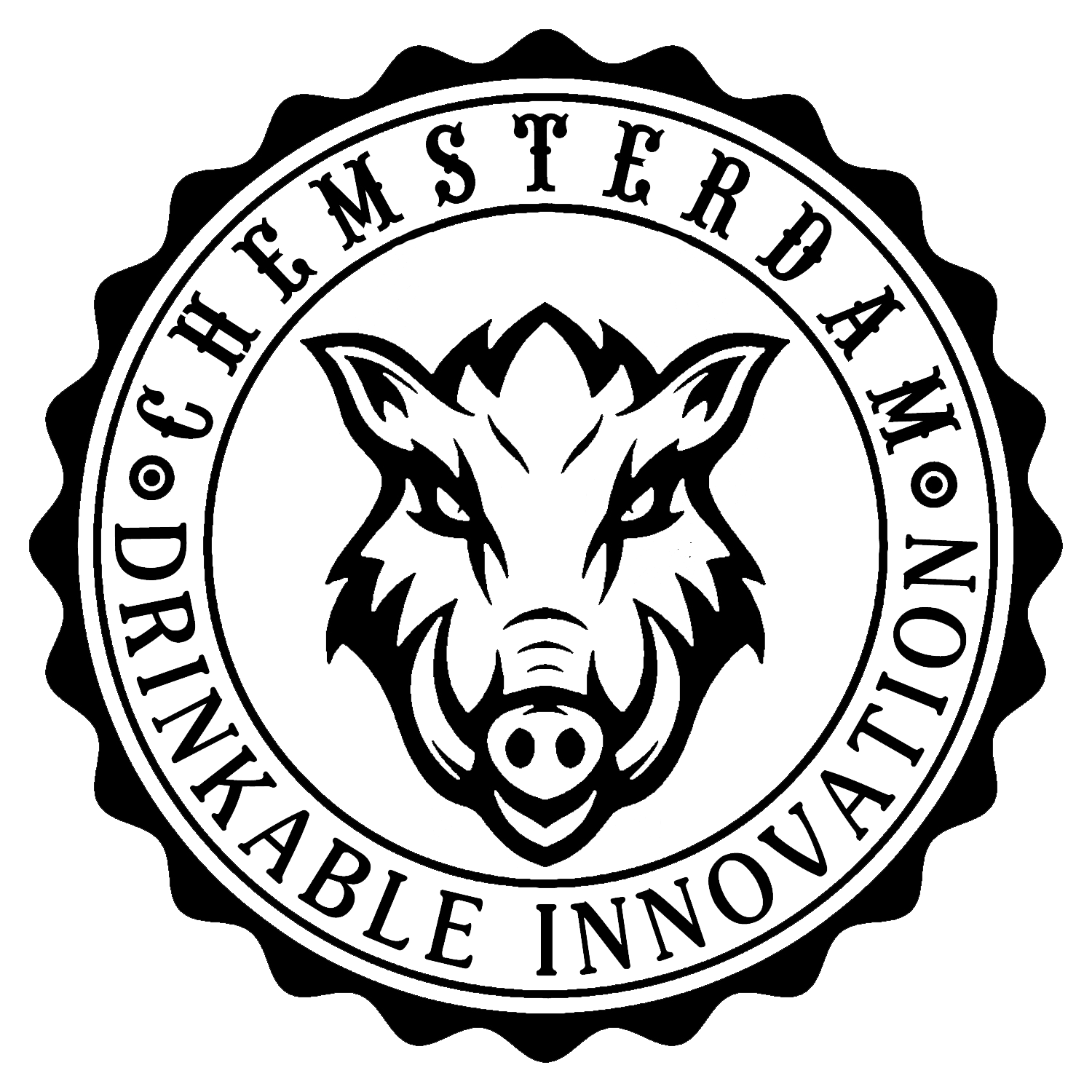Super Boring Dutch Food!

hansThe Netherlands Is a Culinary Desert — There is ONLY AVG ?!?!
🪵 By Hans Ngo Wurfbain
🕰️ Written on March 24, 2025, Utrecht
Prologue: A Taste Shock Called AVG
I remember the first time my Dutch friend brought me home for dinner and said, eyes sparkling, “Tonight we’re having something truly Dutch — AVG!”
A plate appeared: potatoes, meat, and vegetables. No spices. No sauce. Colors muted. Flavors nearly imperceptible. As someone raised in Chengdu, the world capital of Sichuan cuisine, where chili and peppercorns dance on the tongue, this felt like sensory exile. Was I still alive?
But I had my Chinese upbringing — manners, restraint, and not letting people down. I smiled and ate it, this AVG’tje that tasted like obligation. After dinner, I biked to the Asian supermarket, bought something spicy to remind my body I’d eaten.
And then I started to wonder — how could a country so favored by geography and history, that birthed Philips and ASML, that sailed to every corner of the world… be a culinary desert?
Surely, if they redirected even 1% of their medical or semiconductor R&D into gastronomy, the Dutch would be eating more than just boiled potatoes and meat patties, right?
This piece was going to be titled “Stupid Dutch Food.” But I changed my mind. That would be unfair. So instead, I chose a softer, more anthropological path: to understand why this food exists, and whether perhaps… it isn’t so stupid after all.
Chapter 1: What Is AVG?
AVG is the standard dinner on Dutch tables. A stands for Aardappel — potato, boiled or mashed. V is Vlees — meat, usually a pan-fried pork chop or beef patty. G is Groente — vegetables like carrots, peas, or cabbage, gently boiled with no seasoning.
All three sit neatly on the plate. No mingling, no sauce, no drama. It’s like watching three neighbors in a quiet apartment building: everyone minding their own business.
Chapter 2: Why AVG? A Historical, Religious, and Environmental Inquiry
Most people think AVG is the result of culinary laziness. But it isn’t. It’s the product of a landscape, a worldview, and a theology.
1. Geography and Climate: What Can a Waterlogged Nation Grow?
The Netherlands is a country below sea level — the “Low Lands.” Windmills, dikes, and canals keep water out. Winters are cold and wet. Summers are short. Fresh produce is limited. Spices were historically expensive. What grew reliably? Potatoes.
Meanwhile, livestock — cows, pigs, sheep — provided protein. Meat was central. Vegetables had to be hardy, storable, and local: kale, carrots, cabbage.
AVG was not improvised. It was survival, adapted into a structure.

2. Calvinism: Eating to the Glory of God
The 16th-century Protestant Reformation didn’t just reshape churches. It reshaped dinner plates. Calvinism taught modesty, discipline, anti-excess. Food wasn’t for pleasure — it was fuel for work, and a sign of humility.
Rich sauces, decadent flavors, flamboyant plating? All considered spiritual distractions.
That’s why the national dish of the Netherlands is not lasagna or curry. It’s AVG.
Because in Calvinist thinking, God doesn’t care how your food tastes. He cares whether you’re doing your duty.

3. Max Weber and the Social Function of Food
In The Protestant Ethic and the Spirit of Capitalism, Max Weber argued that Calvinist ethics birthed modern capitalism: work as calling, wealth as proof of virtue, pleasure as potential sin.
Food in this culture became a ritual of self-discipline. Every meal was a moral lesson:
- Potatoes: patience and grounding.
- Meat: strength and labor.
- Vegetables: restraint and balance.
Nothing fried. Nothing flashy. Every bite is a silent prayer. Every plate a minimalist theology.
Chapter 3: Nutrition — More Scientific Than You Think
Many laugh at AVG. “Boiled, plain, joyless!” they say. But from a nutritionist’s lens, it’s almost genius.
1. Balanced Macros
- Potatoes: complex carbs, vitamin C, potassium.
- Meat: protein, iron, B-vitamins.
- Vegetables: fiber, antioxidants, vitamins A/K/C.
Modern dietitians recommend: ½ vegetables, ¼ protein, ¼ carbs. AVG gets it almost exactly right.
2. Cooking Methods Preserve Nutrients
Boiling, steaming, light pan-frying — these are the healthiest prep methods. No heavy oils. No sugar. No ultra-processed sauces. It’s plain, but it’s clean.
To Chinese tongues raised on “flavor-first,” AVG may seem soulless. But for preserving nutrition, this is efficiency at its finest.
3. Glycemic Control and Satiety
- Potatoes raise blood sugar, but paired with fiber and protein, the spike flattens.
- Low in sugar, modest in fat.
- High satiety index: keeps you full longer.
It’s not exciting — but it’s stable, predictable, and bodily friendly. Just like the Dutch themselves.
4. Sustainability and Local Logic
- All ingredients are grown locally — no food miles.
- Low red meat volume = reduced carbon footprint.
- No packaged goods = less waste.
AVG is accidentally green. Before “climate conscious” became a trend, the Dutch had been eating it for generations.
Chapter 4: Calvinism on a Plate — The Moral Architecture of AVG
One potato. One piece of meat. One scoop of boiled vegetables. Not impressive, but intentional.
It’s not a dish. It’s a worldview.
Calvinism taught that salvation could not be earned — but that a life of modesty, labor, and order might be the only sign that you were chosen. Under that doctrine, the kitchen became a chapel, the table a pulpit.
To fry was to tempt. To season was to boast. To mix was to rebel against form.
And so, the Dutch made their plate a sermon. It preached humility. It preached structure. It preached self-control.
Chapter 5: That Which Exists Is Not Only Rational — It Is Also Beautiful
Hegel said, “What is real is rational.” Perhaps we should add: what is enduring is beautiful.
AVG has lasted through wars, colonialism, globalism, and the rise of instant noodles. That is not laziness. That is survival with integrity.
Our judgments of taste are cultural echoes. We think spicy is exciting because it reminds us of childhood, of celebration, of heat. But the Dutch do not eat to feel. They eat to continue. Their palate is a mirror of their politics: cautious, deliberate, stoic.
It’s like the perfect cup of coffee. You need the right grind, the right temperature, the right pour. Too much of anything, and it’s ruined.

So it is with AVG. It is not bland. It is balanced. It is not silent. It is serene.
It doesn’t chase pleasure. It cultivates peace.
Epilogue: A Quiet Meal in a Loud World
So here it is. A plate of boiled things, arranged like well-behaved citizens. No explosions of flavor. No Instagram-ready presentation.
Just enough. No more.
And in a world addicted to stimulus, that might just be the most radical recipe of all.
Because the true measure of a civilization is not in how much it can consume, but in how much it can restrain. And the true mark of beauty — is not what shouts the loudest, but what endures the longest.
AVG is not failure. It is faith.
And in its silent, stubborn way — it is Dutch cuisine’s greatest triumph.
Enid en Proost!!!

